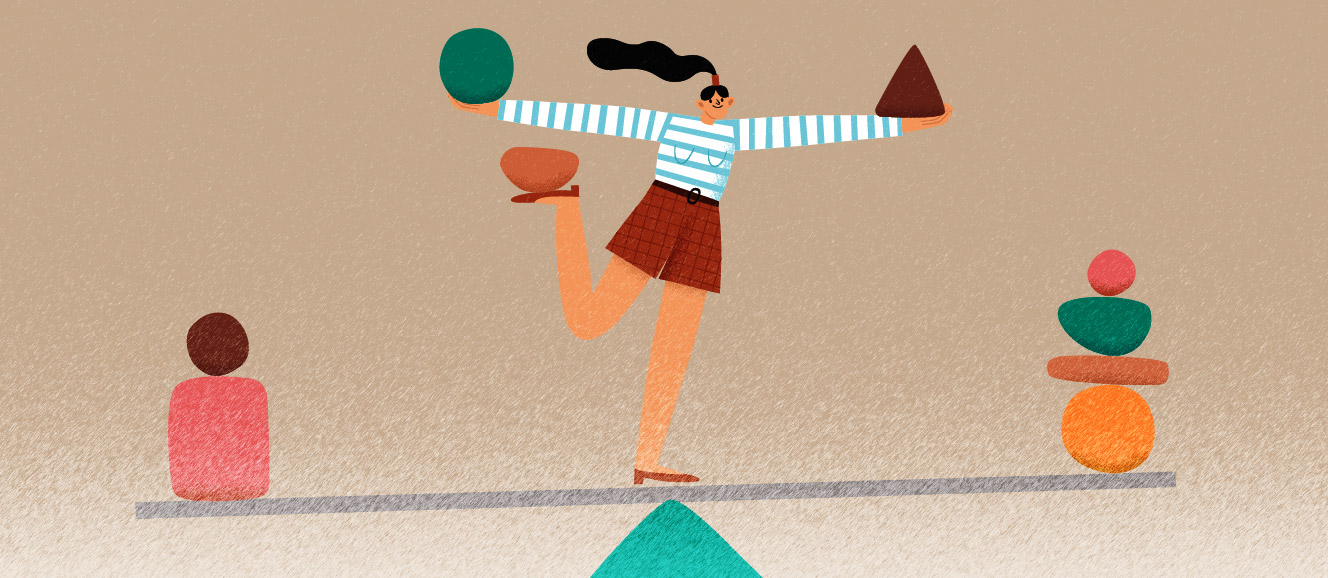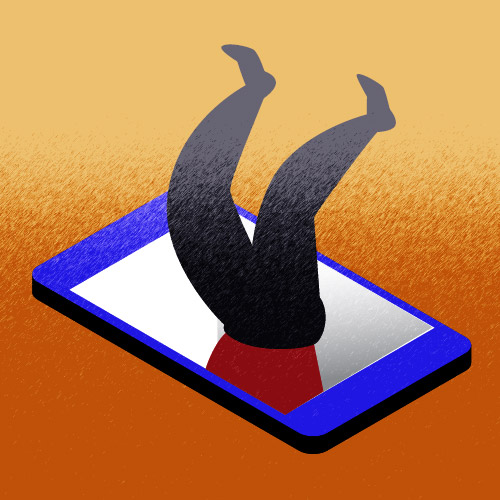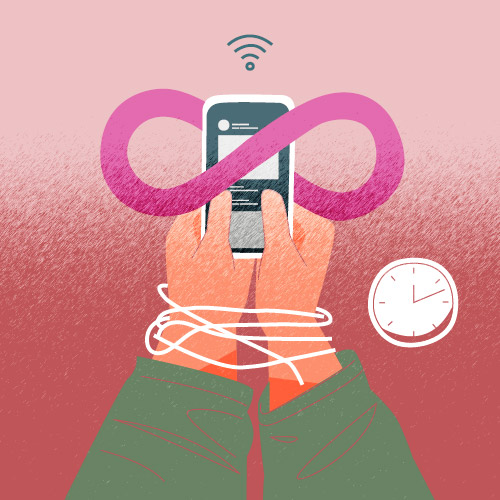Digital Detox 101: How to Reset Your Screen Habits Without Going Off the Grid

In a city where 96.4% of people own a smartphone and mobile connections outnumber the population, finding digital balance in Hong Kong might seem impossible. But the solution isn’t to toss your phone away or disappear from WhatsApp—it’s about resetting your screen habits in sustainable, realistic ways.
We know that smartphones are deeply integrated into our lives. That’s why a digital detox doesn't mean going off the grid—it means being intentional with how you use your device. Here’s how to take back control of your attention without cutting yourself off from the world.
Why Reset Your Screen Habits?
The average Hongkonger aged 16–64 spends over 6 hours online daily, with 3.5 hours on smartphones alone. Among youth, the numbers are even higher—some secondary school students clock 6–7 hours a day, mostly on gaming, social media, or video streaming.
This excessive screen time has been linked to:
● Mental health issues like depression, anxiety, and poor attention spans
● Physical problems such as digital eye strain, sleep disruption, and posture-related pain
● Reduced productivity at school and work due to constant distraction
● Strained family relationships and isolation from real-world social experiences
So how can you regain balance—without giving up your phone entirely?
Step 1: Start Small with Clear Boundaries
One of the simplest ways to begin your digital detox is to set screen time limits. Many smartphones now include built-in trackers and app timers. Start by:
● Setting a daily screen time cap (e.g., 2 hours for recreation)
● Turning off notifications for non-essential apps
● Designating screen-free periods, like after 9 p.m. or during meals
● Creating tech-free zones at home—bedrooms and dining tables are great places to start
Even small shifts can lead to big improvements in mood, focus, and sleep quality.
Step 2: Use Tech to Help You Disconnect
Ironically, your phone can be your best tool in cutting back screen time. Try using:
● Screen time tracking apps to monitor your habits
● App limiters that lock social media or games after a set period
● Grayscale mode to reduce your phone’s visual appeal
● Focus or “Do Not Disturb” modes during work or study sessions
A 2024 Hong Kong survey found that over 76.5% of residents have tried to reduce their screen time, with many using these tools effectively.
Step 3: Replace Scrolling with Real-Life Rewards
You’re not just breaking a habit—you’re creating better ones. Studies show that adding offline activities is key to long-term success. Instead of scrolling, try:
● 30 minutes of exercise daily (shown to improve mental health and reduce screen dependency)
● Reviving hobbies like drawing, journaling, music, or cooking
● Face-to-face social time with friends or family
● Volunteering in your community
A recent study found that people who combined less screen time with more exercise showed higher life satisfaction, lower anxiety, and better sleep.
Step 4: Practice Mindful Phone Use
Mindfulness means being present. Instead of multitasking with your phone in hand, try:
● Focusing on one task at a time (e.g., eat without checking notifications)
● Not checking your phone just because it’s there
● Taking a deep breath or short walk when you feel the urge to scroll
● Reflecting at the end of each day: “Did my phone use today serve me—or distract me?”
Being conscious of how and why you use your phone helps you rebuild your attention span and reduce compulsive checking.
Step 5: Detox Together, Not Alone
Change is easier with support. Make your digital detox a family or community effort:
● Set collective rules: No phones after 9 p.m. or during meals
● Hold each other accountable, not with blame, but encouragement
● Join PYPD events or workshops to stay inspired
● Involve teens in building healthy tech rules so they feel ownership, not resistance
Remember: real change doesn’t happen through restriction alone—it happens through meaningful replacement and shared commitment.
Balance, Not Ban
We don’t believe in shame or extremes. We believe in small steps that create lasting change—so you can reconnect with the things that really matter: your health, your people, your purpose.
A digital detox doesn’t mean disappearing. It means showing up—with clarity, intention, and attention.



